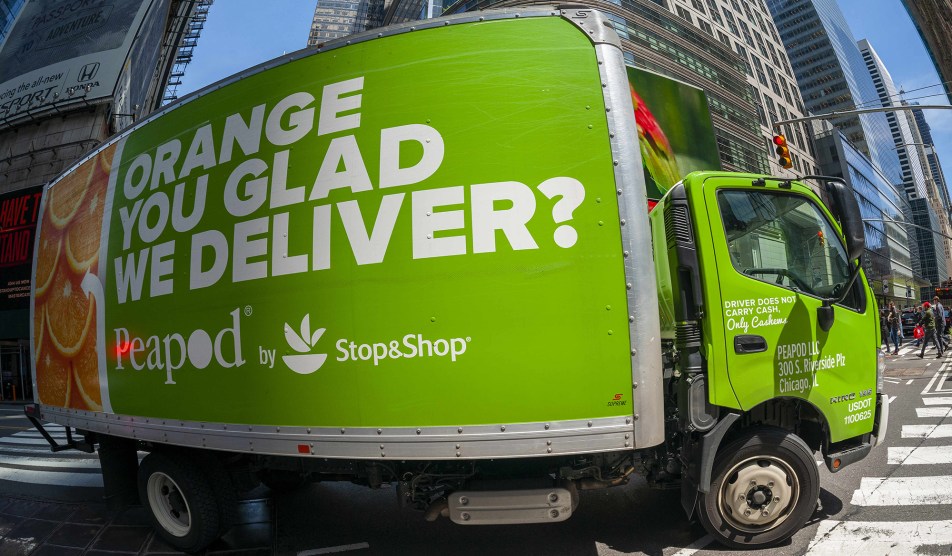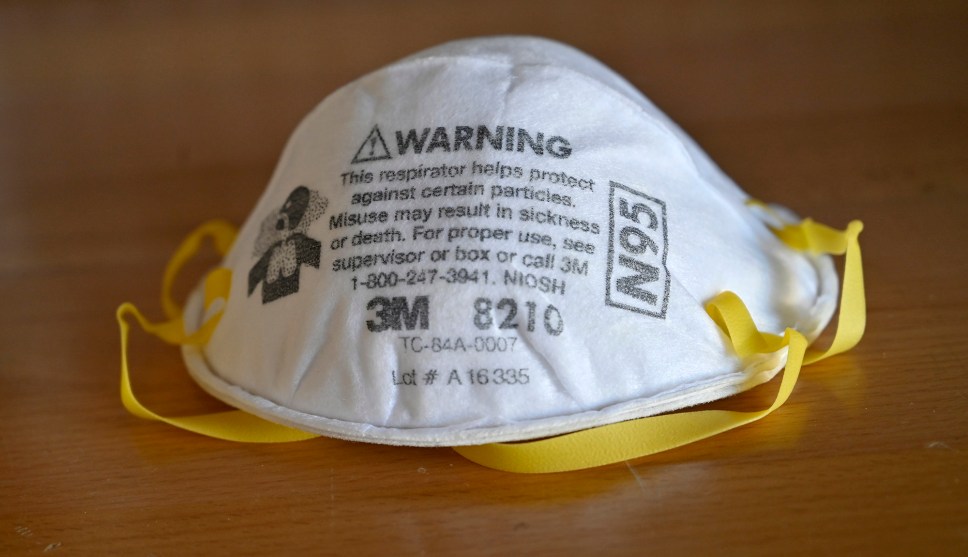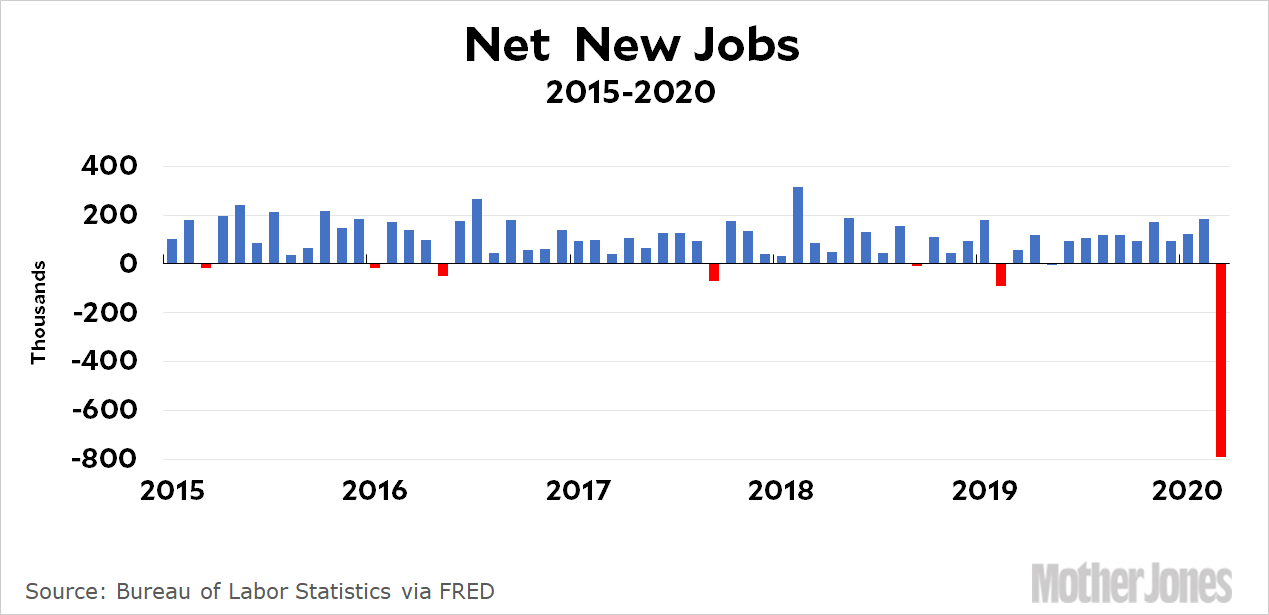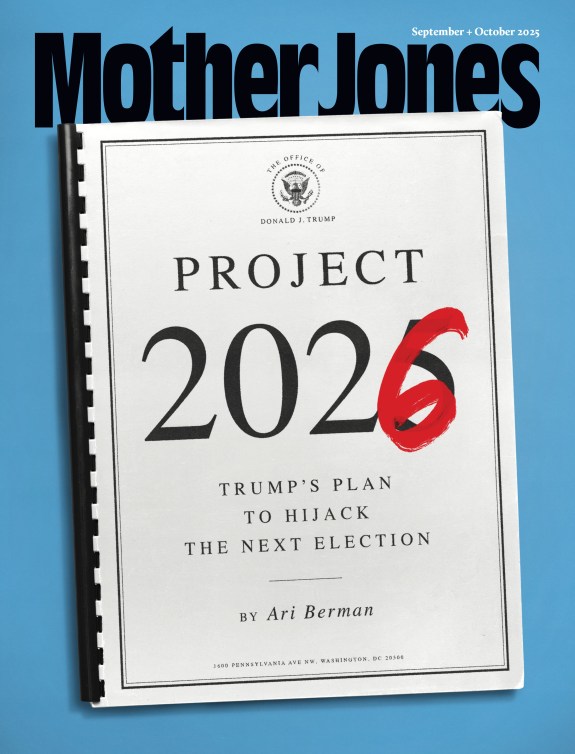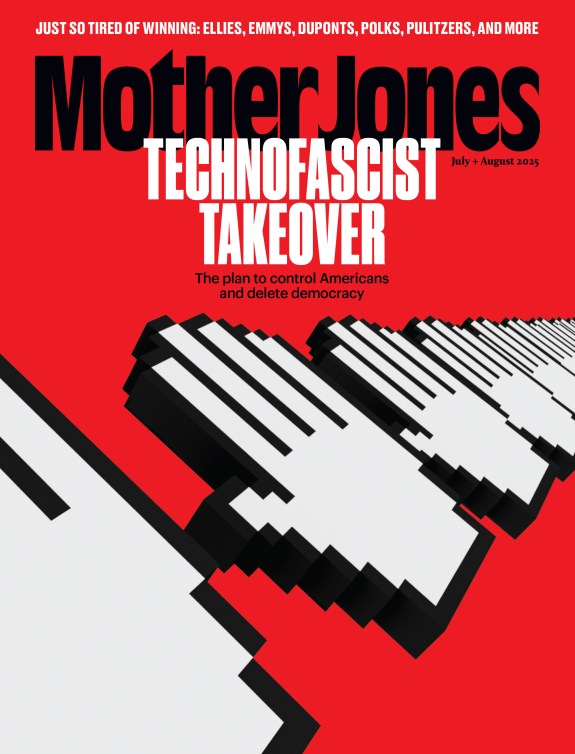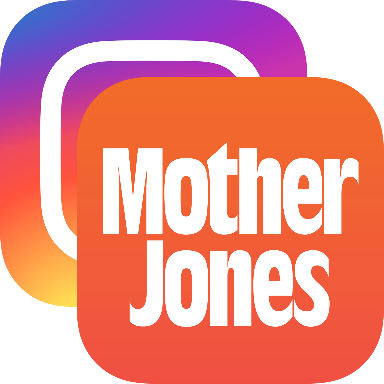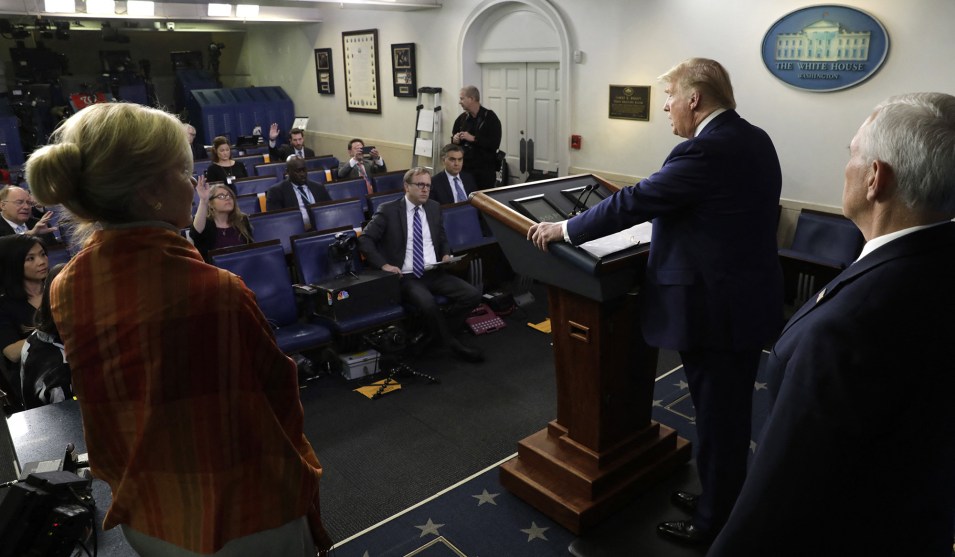
Gripas Yuri/Abaca via ZUMA
A couple of days ago John Roberts asked a question. President Trump immediately tossed it to Mike Pence, who used up nearly a thousand words saying nothing responsive. Remarkably, Roberts followed up not once, not twice, but four times:
You were considering, last month reopening the Healthcare.gov exchanges. There has been a determination not to do that. Could you tell us what the rationale was behind that decision?
But about people who don’t have insurance?
Understood, Mr. Vice President. But there will be people who don’t have insurance —
But, again, Mr. Vice President —
I’m sorry to belabor a point, but that’s for people who —
Finally Trump took pity on Pence and showed him how a pro does it: “It’s something we’re really going to look at,” he said, which in Trumpspeak means that it’s never going to happen. But it also cuts off followups at their knees. What more can you ask? Trump then praised his veep:
I think it’s one of the greatest answers I’ve ever heard, because Mike was able to speak for five minutes and not even touch your question.
This is how these briefings go, and that was between Trump and a Fox reporter. You can just imagine how the rest of it went. It’s pure circus, pure campaign event, pure ratings bonanza, pure performance art. This is why they shouldn’t be broadcast live.
UPDATE: To my great surprise, Trump did end up looking at it. Yesterday he announced that he would pay hospitals for uninsured COVID-19 patients as long as they didn’t charge the patients anything. Good for him.







